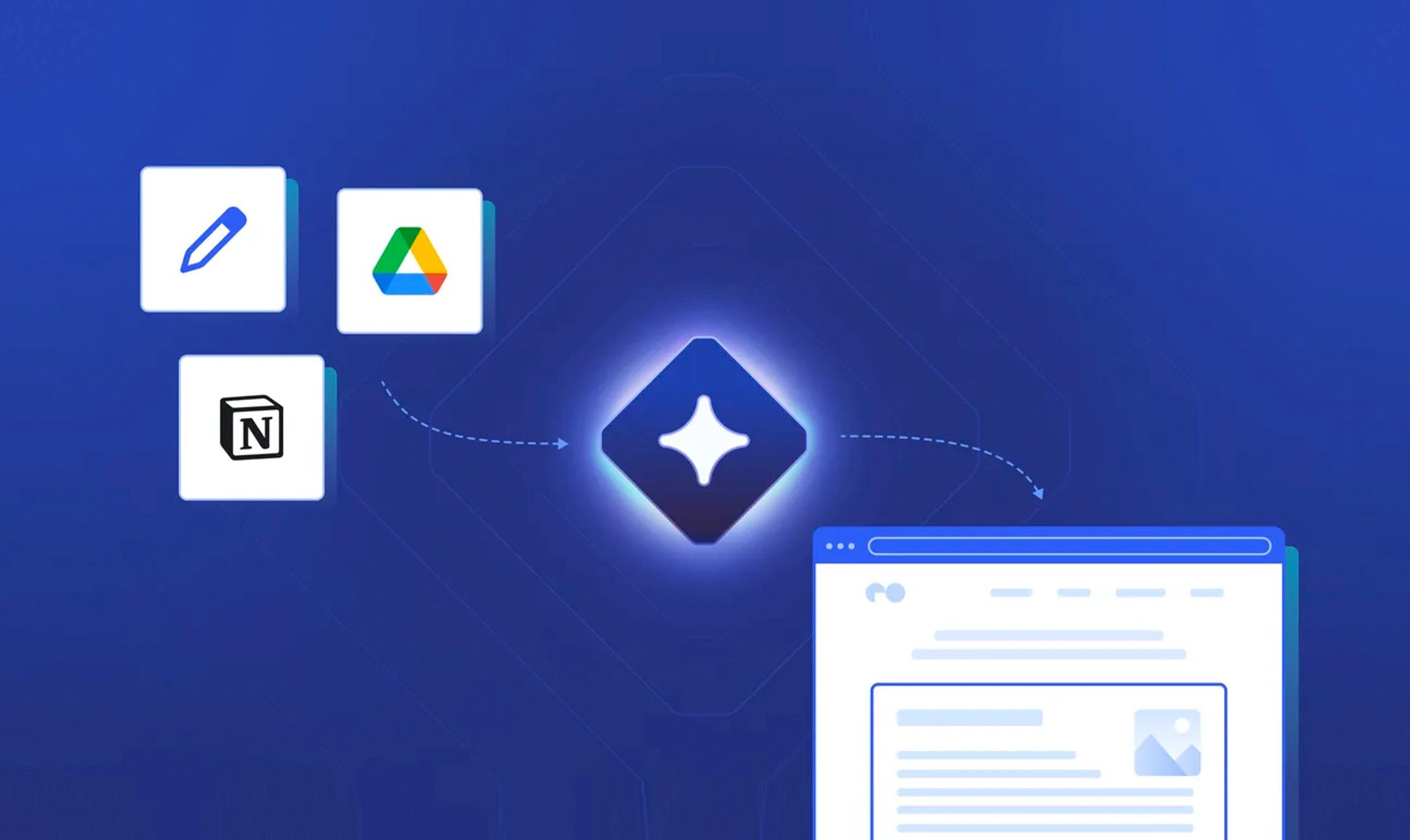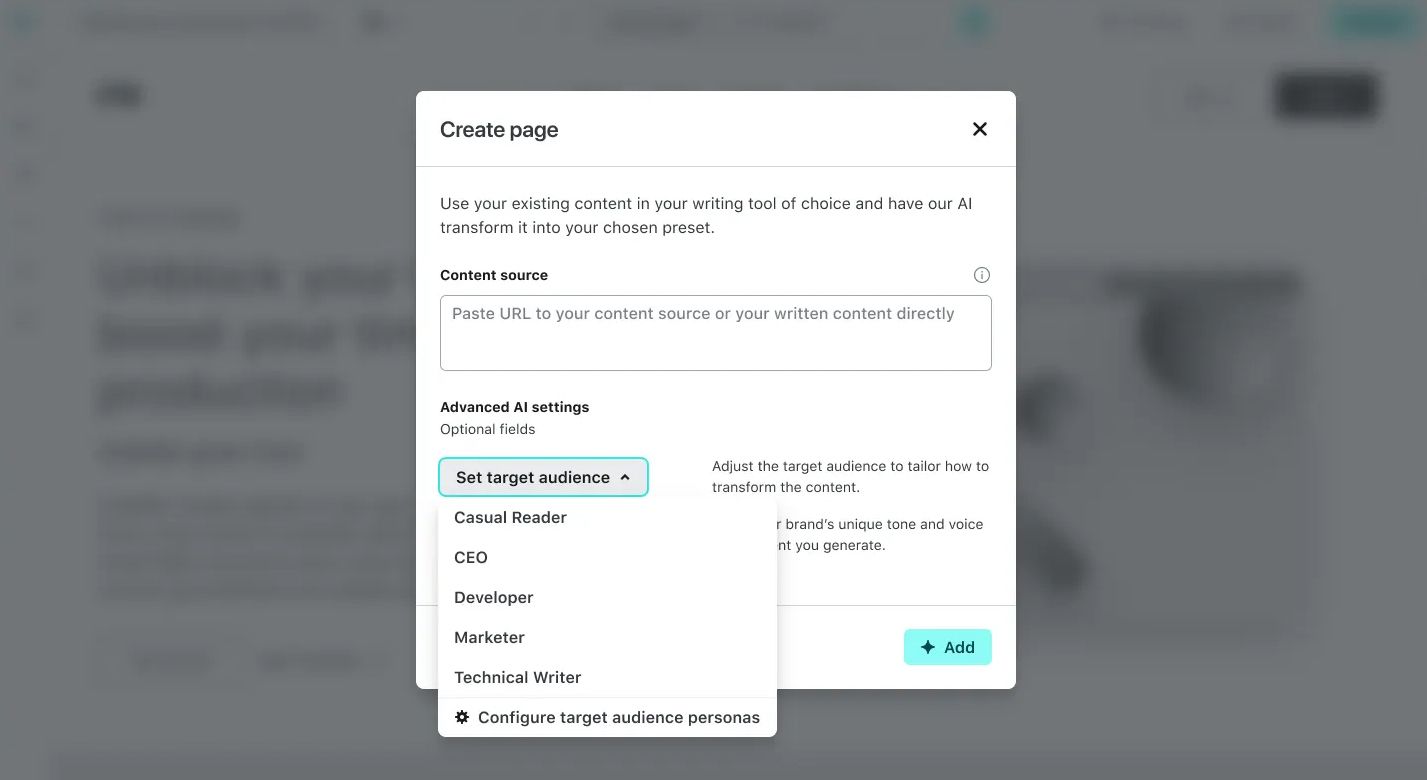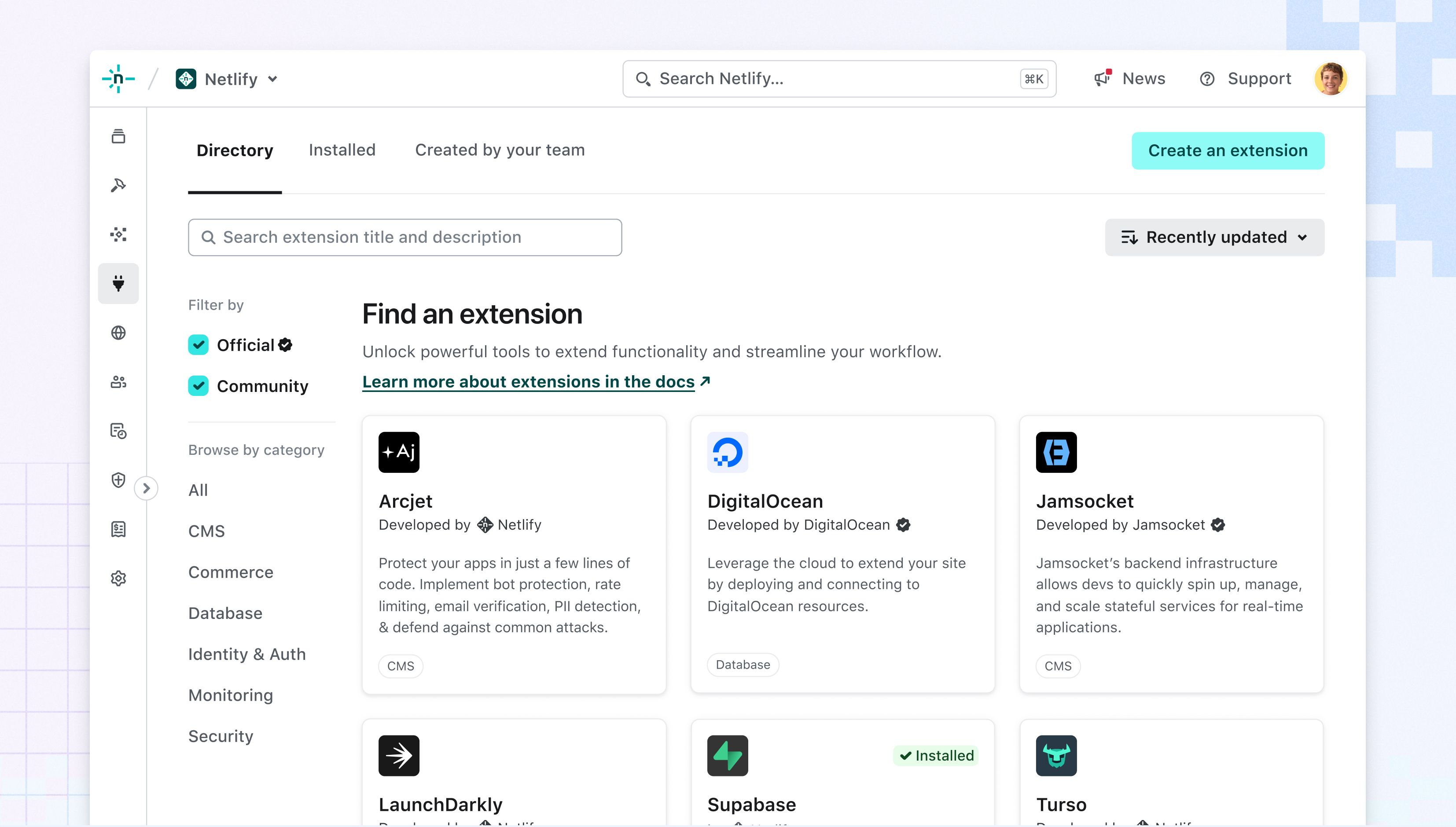Netlify Unveils AI-Assisted Publishing and Other Enhancements at Netlify Compose 2024 Conference

The modern web development platform has introduced new enhancements to its product suite that will impact web application development and content publishing – including AI-powered publishing for content authors.
AI is still raging like a fever – even if the temperature isn’t spiking quite as high as a year ago.
Don't get me wrong: the market's still being greeted with a healthy dose of daily innovation. We're even seeing up-and-comers like Cerebras challenging the Goliath Nvidia. And while opportunities persist, some of the future potential is also clouded by the murky waters of an evolving regulatory landscape.
Europe has been the most audacious on the policy front with the shaping of its signature EU AI Act. But just last week, California Governor Gavin Newsome announced a spate of new initiatives to advance safe and responsible AI – which will likely give way to similar manifestations in other states. This makes it all a moving target.
Despite the legislative barriers, one can’t refute the impact that Generative AI has had on almost every application in the technology ecosystem. In our corner of the CMS and DXP verses, content creators have benefitted from enhanced productivity and efficiency with the introduction of in-app tools and workflows powered primarily by OpenAI.
But it’s not just the foundational tools. The entire spectrum of plugins, extensions, and even dev environments have integrated some measure of GenAI into their offerings. Even elemental WYSIWYG editors like TinyMCE – used by several CMSes – have woven GenAI capabilities into their offerings.
Netlify – the modern web development platform – has also joined the automation chorus, announcing the addition of an AI-Assisted Publishing feature for marketers and content creators that simplifies the tedious task of managing adjustments to headless or even traditional CMSes.
Part of the solution rests with Netlify’s Visual Editor, which further codifies the expansion of these tools for composable architectures. I’ve written extensively about the rampant rise of visual editors and builders in previous articles, and Netlify sites are another example of where users are able to work with structured content in an easy-to-use visual context.
Along with the new AI capabilities, the company also introduced Netlify Async Workloads for streamlining a host of processes, and Netlify Extensions – which makes customizing workflows and personalizing the interfaces within the Netlify app even easier. The cohort of new capabilities reflects the market’s continued drift towards more composable web architectures, giving developers greater choice and control.
The enhancements were all unveiled during the keynote address at Netlify Compose 2024 in San Francisco by the platform’s CEO and co-founder, Mathias Biilmann Christensen. The Compose conference also gives Netlify’s ecosystem of partners the opportunity to showcase innovation. Example: players like Jamsocket launched its new partner extension, offering a ready-made connection for Jamsocket and Y-Sweet services for the Netlify ecosystem.
Turning unstructured content into ready-to-publish pages
Netlify’s AI-Assisted Publishing addresses the continued pressure on content teams to provide high-quality, high-volume content at breakneck speed. Now, armed with Netlify’s AI-powered capabilities, marketers and creatives can move quickly and seamlessly from ideas to publishable content.
Netlify’s use case is simple: content creators often start outside a CMS, using tools like Google Docs or Notion. Converting their creative work into something “suitable” for web publication is still a tedious task, requiring hands-on adjustment of their headless CMS or even legacy, template-based CMS to meet their requirements.
AI-Assisted Publishing automates the rigors of moving content from its outside source to a site, transforming unstructured elements into something that works for a production page. It automates the conversion of (for example) your Google Doc for a blog post into web pages – retaining the formatting and links and maintaining corporate brand guidelines and components to keep things cohesive.
AI-Assisted Publishing effectively mitigates the complexities of managing multiple tools. It transposes content into a polished, web-ready first draft that can be edited and published without the hassle of supporting yet another CMS integration – and instead relies on Netlify’s Visual Editor to shape experiences with structured content. At its core, Visual Editor is designed for composable architectures and is compatible with any site framework and API-enabled content source.
Netlify’s Visual Editor provides some decent flexibility. Users can choose a template designed to work with a headless CMS like Contentful or Sanity, or even without one – instead relying on Git to manage content versions (sometimes referred to as a Git CMS).
AI-Assisted Publishing is ideal for things like blog posts, company announcements, product updates, and other use cases. It effectively reduces the time from ideation to publication, allowing teams to focus on strategic goals rather than tedious and repetitive tasks, which are common across content ops that rely on Google Docs or Notion as a source.

Netlify's AI-Assisted Publishing offers personalization with custom audience personas
Along the same lines, AI-Assisted Publishing is a great way to develop and manage critical marketing touchpoints like landing pages, streamling page creation with pre-designed components that are on-brand. It also provides some slick personalization capabilities that go beyond the typical A/B testing paradigms, allowing users to tailor content for multiple audiences and personas from a single source. Just select a target audience from the built-in picker or configure a specific audience persona, and you're off to the races.
AI-Assisted Publishing is currently available in a private beta, but you can sign up for it here.
Sustaining business operations with durable workloads
As mentioned, Netlify also introduced a few other surprises at its Compose conference, including the new Async Workloads service. This nifty innovation empowers developers to construct durable, event-driven workflows seamlessly on any Netlify site.
Why does durability matter? Quite simply: stuff breaks. APIs go down. Systems time out and yes, people screw up. Durable workloads enable businesses with more confidence around continuity, offering unparalleled reliability without the hassle of managing additional infrastructure, such as queues, workers, or state management.
Async Workloads brings durability to serverless runtimes on Netlify, providing greater resiliency to business operations. Developers can write functions in the same manner as other serverless functions to initiate processes. Netlify takes care of the scaling, retries, future scheduling, and the other morass that can tie things up – ensuring your workloads run seamlessly.
As systems get more complex, reliability becomes a precious commodity. Async Workloads helps mitigate this by letting developers build workloads and focus on critical tasks while the underlying system orchestrates everything with durability as a cornerstone. That bridges the reliability gap – and delivers value from end to end.
Create more powerful customized workflows
Like a marketplace for added functionality, the new crop of Netlify Extensions allows users to choose from a growing library of ready-made integrations and specialized features that extend the value of the Netlify platform. It also provides developers and partners with a sandbox to build their own extensions using Netlify’s SDK.
What’s great about the Netlify Extensions is how seamless they are. With a single click, you can integrate with popular tools like DigitalOcean, Supabase, LaunchDarkly, or Contentful. You can also leverage new platform features such as Async Workloads, Skew Protection, or Edge-Side Includes.
You can explore all the available extensions in Netlify’s in-app Extensions Directory. Once installed, all your sites can take advantage of a given extension’s capabilities – and if it includes a connector, it’s ready to configure through Netlify Connect, allowing you to integrate with your data sources with ease.

Netlify Extensions offers a library of integrations and connectors
Another cool feature: the Extension UI also enables developers to build on top of the Netlify platform to create immersive experiences for users and teams. The SDK also allows users to build extensions for a host of other applications, including an OAuth component that streamlines authentication.
Why it matters
A frequent topic at the Boye & Company CMS Experts Group meetings is where and how content is created.
It’s true that many CMS platforms have conquered the mystical barrier of providing a delightful editing experience. But not all content is created equally, nor does it start life in the same place. Many of us still begin outside the CMS, using more foundational authoring tools to write press releases or blog posts before moving into an environment that allows formatting and publishing as a web page.
As such, Netlify is further bridging the gap between ideation and publication. By eliminating the tedious task of moving from Google Docs or Notion to a finished page – and applying GenAI to further streamline the process – it’s doubling down on its value to developers and marketers. On top of that, the addition of intuitive personalization capabilities is further upping the ante on its extensibility.
We’ve talked a lot about visual editors over the last few months, and having a dynamic tool in its development environment is extending Netlify’s value in multiple directions for both developers and content creators. Add in its Async Workloads and Extensions, and the platform is demonstrating the real scope of its innovation as it looks to build more meaningful partnerships in a competitive and composable landscape.
To that end, Netlify is further broadening its extensibility by integrating with more traditional DXPs like Optimizely, providing a pathway to run its SaaS CMS on Netlify. It codifies how composable architectures are becoming more widely adopted and accelerated by best-of-breed platforms – enabling the transformation to a more strategic and modular stack. Netlify's philosophical foundation of composable MACH principles is what earned it an inaugural role as a MACH Alliance Enabler in 2021.
It's worth reminding that Netlify was an early advocate of separating frontend design from backend business processes. Its vision of uniting components of the modern decoupled web and accelerating the development of scalable websites and apps has proven effective, helping them raise significant funding to power the growth of its Jamstack ecosystem. Today, that translates into nearly limitless choices for designing rich web apps and customer experiences – and these new features represent the next wave of innovation along that vision.

CMS Kickoff 2025
January 14-15, 2025 – Tampa Bay Area, Florida
Join us next January in the Tampa Bay area of Florida for the third annual CMS Kickoff – the industry's premier global event. Similar to a traditional kickoff, we reflect on recent trends and share stories from the frontlines. Additionally, we will delve into the current happenings and shed light on the future. Prepare for an unparalleled in-person CMS conference experience that will equip you to move things forward. This is an exclusive event – space is limited, so secure your tickets today.